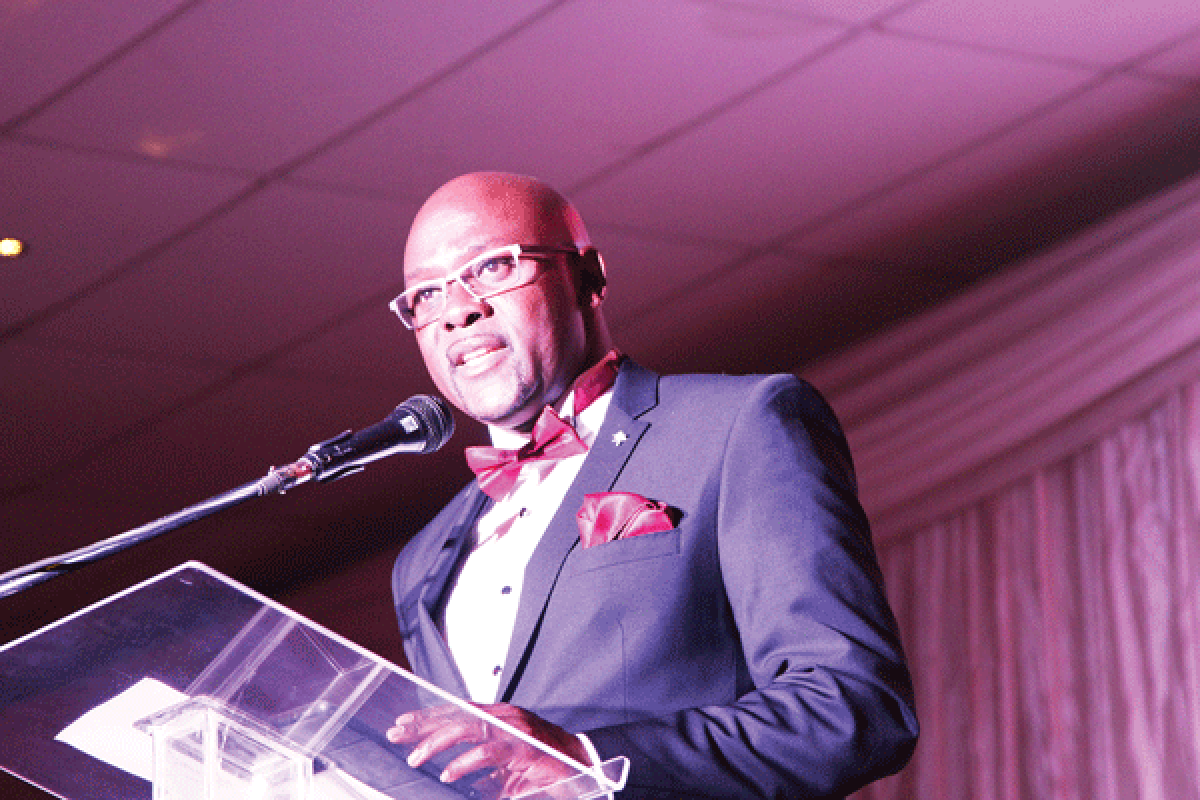

Manufacturers are contending with low-cost imports, a crisis of capital and low aggregate domestic demand for their products, and still expertly navigate the rough terrain in order to recover within a recession-hit global economy.
“Despite these realities, that manufacturing will recover is not in any doubt — it has to — but it is unlikely to regain its peak levels of 25 percent of Gross Domestic Product (GDP),” said Antony Hawkins, a professor of economics and a trainer of local business leaders.
“Besides, what matters is not capacity utilisation in itself but the quality of that capacity.”
The sector’s share of GDP has declined to a little over 10 percent from 25 percent in 1991, as a result of a precipitous decline in agricultural output, which accounted for over 60 percent of the industry’s raw materials and in turn absorbed 40 percent of manufacturing products as raw materials or capital goods.
As a result of the breakdown in the forward and backward linkages, capacity utilisation in the sector had declined to under 10 percent by January this year.
In its 11-month economic stabilisation blue-print to December — The Short-Term Emergency Recovery Programme — the government is targeting increasing capacity utilisation in the manufacturing sector to 60 percent by December.
The decade of economic decline was also characterised by hyperinflation and political upheavals that led to a decline in the country’s economic competitiveness to number 133 out of 134 economies, according to the World Bank Doing Business Report.
Power
Turning back the clock, which started with the momentous liberalisation of the economy in January and strengthened with the consummation of the inclusive government in February, is proving difficult.
Ben Rafemoyo, the chief executive officer of ZESA Holdings, said power supply challenges and inefficient energy use may multiply all turnaround efforts by zero and hold back industry from the envisaged recovery.
“Today, when industry is asleep, we’re load-shedding, but tomorrow when industry wakes up and expands capacity, you can imagine what will happen,” he said.
The period of recession-related power demand suppression, which saw demand d-eclining 7,7 percent in 2007 alone, effectively ended at the end of the first quarter of the year as the marginal increase in ca-pacity utilisation tr-iggered an upsurge in power demand.
But there may be one or two “quick winds” to escape the dilemma — getting existing plants back to optimality and instituting firm-level demand management initiatives such as energy efficiency strategies that release load back into the national grid.
Nearly 20 percent of the power generated is consumed to waste, Rafemoyo said.
The country has total installed capacity of 1,680 megawatts (MW) – 750 MW from Kariba South, 780 MW from Hwange Power Station (HPS) and 150 MW from small thermals — but only 940 MW of this is currently available against a peak demand of 1950 MW.
With the HPS currently beset with periodic breakdowns and the operations of small thermals in Bulawayo, Inyati and Hwange currently crippled by a chronic shortage of coal, Kariba is the country’s only reliable plant.
The planned Kariba South Extension from six to eight units to generate an additional 300 MW hardly provides a way out of the maze as it will only serve as a peaking power station because of water supply limitations.
Kariba is designed to run no more than six units as a base load — that is all units for 24 hours.
At the current level of water allocation, eight units would only be run for a limited number of hours — four at most — before they are switched off.
“It is a project without energy,” Simbarashe M-angwengende, a local power consultant, said.
De-indigenisation
The introduction of the multi-currency system in February without converting non-foreign currency balances into the base currency and the subsequent demonetisation the Zimbabwe dollar left all economic players, particularly the productive sector in a “start up” situation.
This has occurred on the back of a historically unprecedented period of hyperinflation which destroyed the national savings base — bank deposits, corporate and household savings and pension funds.
As a result, there remains very little or no scope for a locally-financed recovery.
The IMF estimates that the country will only recover through an increase in foreign direct investment.
“Because of this, instead of indigenising, the economy will actually de-indigenise,” Hawkins said. “There is no domestic capital even for working capital.
“As a result, the economy will have to rely on foreign capital.”
But this will depend on the country’s ability to attract foreign capital or on the industry’s ability to forge off-shore partnerships for greater access to finance, technology, technological know-how and export markets.
At a global level, foreign capital flows — both official and private — have been battered by the global recession, which has seen drastic cutbacks in aid budgets and commercial lending due to increased risk aversion in international capital markets.
GDP per capita
Suppose, by sheer chance, power supply surges to match growing demand and the much-anticipated inflows of foreign capital indeed occur, overly low aggregate domestic and export demand may still lower the ceiling and cramp the space for recovery.
Zimbabwe’s GDP shrank to US$3,2 billion last year from US$12 billion in 2001 making it the third smallest in the Southern African Devel-opment Community, from second position just under a decade ago.